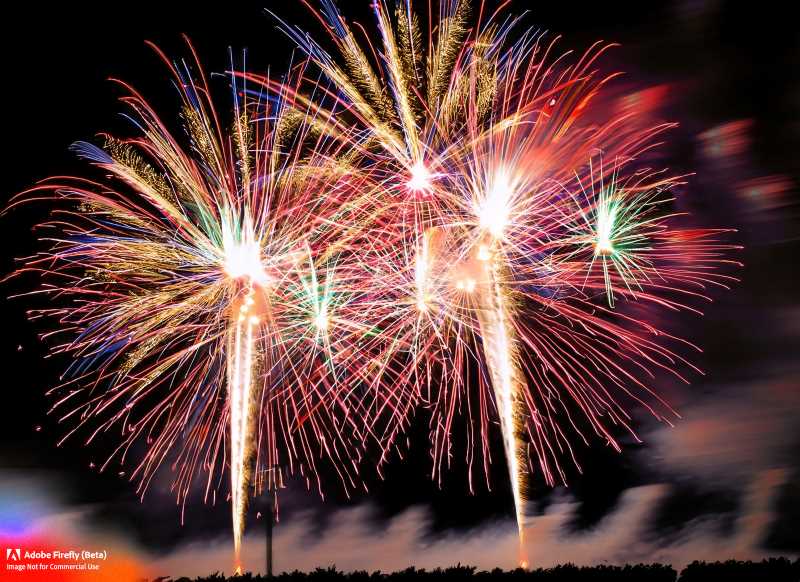Pyrotechnics: The Art and Science of Making Things Go Boom
Discover the art and science behind pyrotechnics and the role of pyrotechnic craftsmen in creating the dazzling fireworks displays we all love. From rockets to shells, learn how they create the perfect balance of sound and color while adhering to strict safety guidelines.





